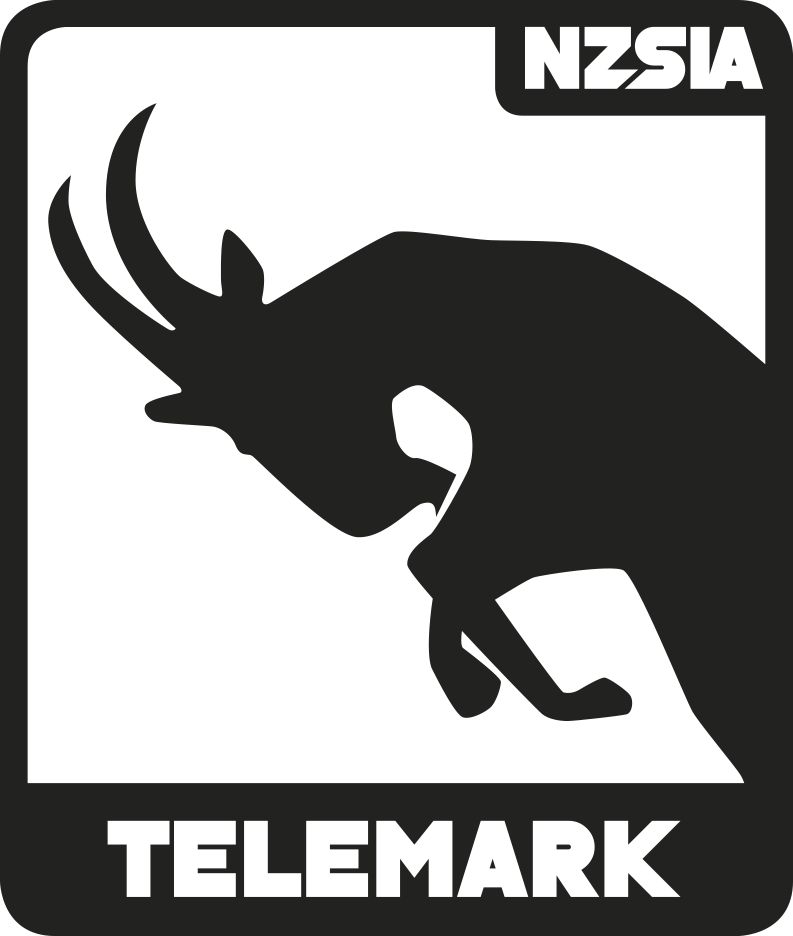How People Learn covers some of the core elements of how and why people learn. Creating an environment where people are able to learn is more important than the technical aspects of skiing (or any activity). Understand and discover more about how people process information and develop skills.
Clarity of Outcome
At any point in the lesson, students need to be clear on the intended outcome and why it’s important. For learning to happen, students must know what they are learning and how it benefits them.
The process of acquiring new skills is deliberate and intentional—both the student and instructor need to be clear and transparent about the goals. Regularly asking questions to ensure understanding, referencing agreed-upon goals, and relating them to current activities can help create clarity for students.
Example - Performance Outcome
When defining a performance outcome, first create clarity around external factors and ski performance.
- We believe the learner must first understand what the ski needs to do for success and progression.
- Clarity on ski performance helps the learner engage in the feedback loop, stay invested in their progress, and work hard to achieve their goals.
Create clarity around any desired performance outcome, whether it’s a straight run, a dynamic medium radius turn, or anything in between. The external factors to clarify when setting up a task are:
- Turn shape
- Speed
- Corridor width
- Grip
Example - Ski Performance in Medium Radius Tele Turn
When building clarity around ski performance for a medium radius turn:
- Discuss the ideal corridor width (3–4 groomer widths or 12–16 meters, depending on ski sidecut).
- Highlight that the goal is to leave two clean lines in the snow throughout the turn.
- The turn must be performed with enough speed to bend and grip the ski, utilizing the ski design to create a round turn shape.
Example - Body Performance in a Basic Tele Turn
To create clarity around the body performance in a basic tele turn:
- Talk, demonstrate, and feel how the legs are responsible for creating the rotational effort to turn the skis, while the stability, tension and counter movements of the upper body supports this.
Once students have clarity about what they are trying to achieve, they can begin experimenting. This involves trial and error, with feedback (intrinsic, extrinsic, and augmented) to guide them on whether they are on track or need to keep adjusting.
“If you don’t know where you’re going, how will you know when you get there?”
“If you don’t know what you are trying to do, how will you know if you are doing it?”


